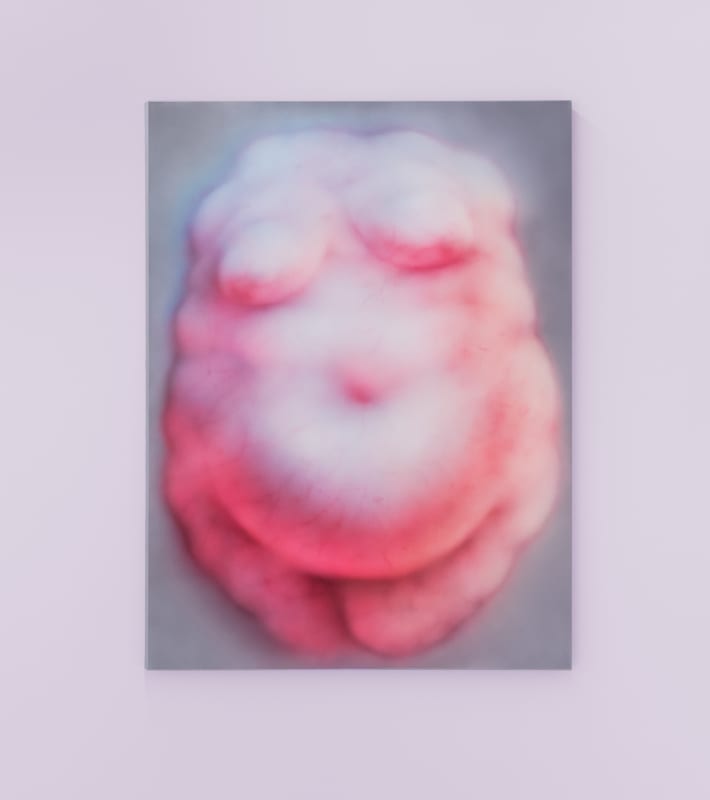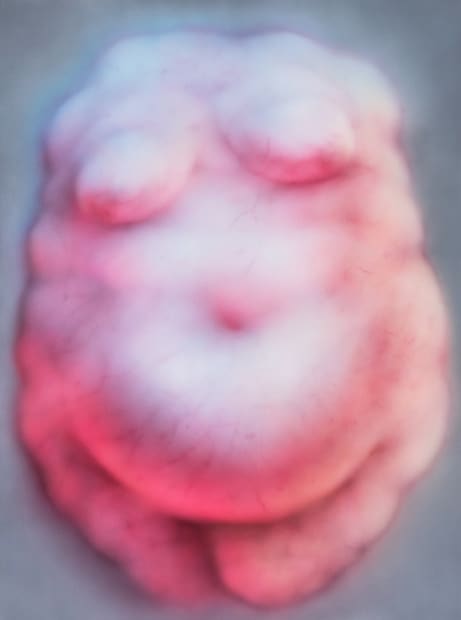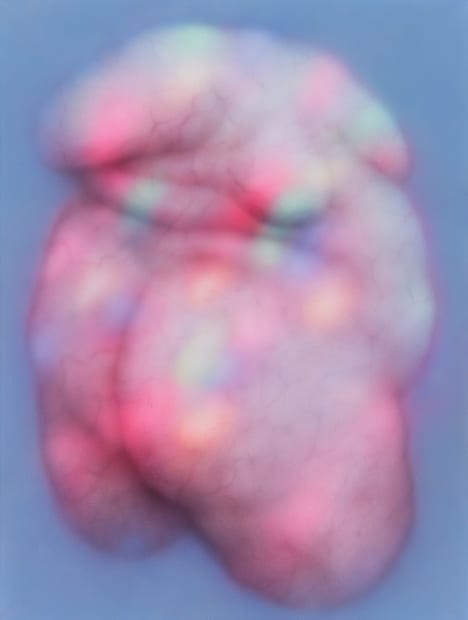Venus and Adonis: Solo Exhibition by Magda Kirk
For many of us, our earliest memories are related to something physical, often to a bodily experience. One's hand sliding through the murky water in a boat on the river in summer, and experiencing the coolness of the water. Or the feeling of citric acid that makes the salivary glands in your mouth contract. These early experiences are all related to the body. But tellingly enough, most of these early childhood memories of the body are really just about one part of the body. In the examples given above: the skin of one's hand, or the inside of one's mouth. The body as a whole is something we only become aware of later, when we are a little older. And even then, we have great difficulty comprehending the body as a whole. Perhaps we become fully aware of it when we are confronted with others; with other bodies that are unique just like our own. Different and yet somehow the same.
This experience of the body as strange and yet familiar, awkward and yet intimate, is central to the work of the Polish painter Magda Kirk (1990). The body, Kirk suggests, can never be completely objectified; and the way we see ourselves is always subjective, determined by our own experiences and by cultural standards of beauty. As much as we try to look at our bodies as they are, as singular and unique, our vision of it is always distorted by social constructs.
It is precisely that unique experience of embodiment as something a little strange and yet the most personal we have that Kirk manages to express with utmost precision in her paintings. The Venus and Adonis series from which the four featured works at Everyday Gallery are taken, can be understood as an ironic, deliberately exaggerated way to query how social-cultural patterns influence the way we think about our own body. Kirk's paintings expresses the non-obvious feelings and sentiments that we all have when we are confronted with our bodies: both realistic and unreal, individual and socially determined, both grotesque and beautiful.
The paintings establish a connection with the viewer, who recognizes something of themself in the body depicted on the canvas. The body on the canvas may not be the same as the viewer's, but it undergoes the same struggle with body and identity that we all recognize. Because Kirk's painted bodies have no heads, so they cannot be identified. That is not to say they're generic. On the contrary, they are unique. The fact that they have no faces is a sign of how insoluble the struggle with body identity is. It thus accentuates the central theme of Kirk's work.
Kirk achieves the experience of awkwardness and alienation, in which a body can never quite find its form, through a unique painting technique. Form and content are completely intertwined in her work. Kirk plays with the shape of the body she depicts. It is, of course, about bodies. What is more, the form Kirk's bodies take on further builds on archetypes of the fertile Venus and muscular Adonis dating back to ancient times. At the same time, the edges of the body are made floe, or the muscles seem so pumped up and soft that they almost look like butter. The tattoos or veined flesh that Kirk plays with in her work ensures that this effect is enhanced.
A similar effect is achieved by Kirk's use of color. Kirk uses an airbrush technique that allows her to apply layer after layer of transparent color. By overlaying transparent layers of different colors, a glowing and shiny color effect is created that is simultaneously realistic and alienating. Then you also notice how playful Kirk uses colors. In her paintings she likes to use fluorescent colors and other shades of color that can in no way be a realistic representation of an actual existing body.
But Kirk's message is that there may not be a real body. Well, of course there are bodies, but our experience of the body can never be traced back to the existing body. On the contrary, it always takes place in our psyche, in which all possible shades of color and experiences can be reviewed. Kirk allows us to learn something about our own physicality and our complex, inevitably subjective experience of it through her paintings.
Text by Bram Ieven






